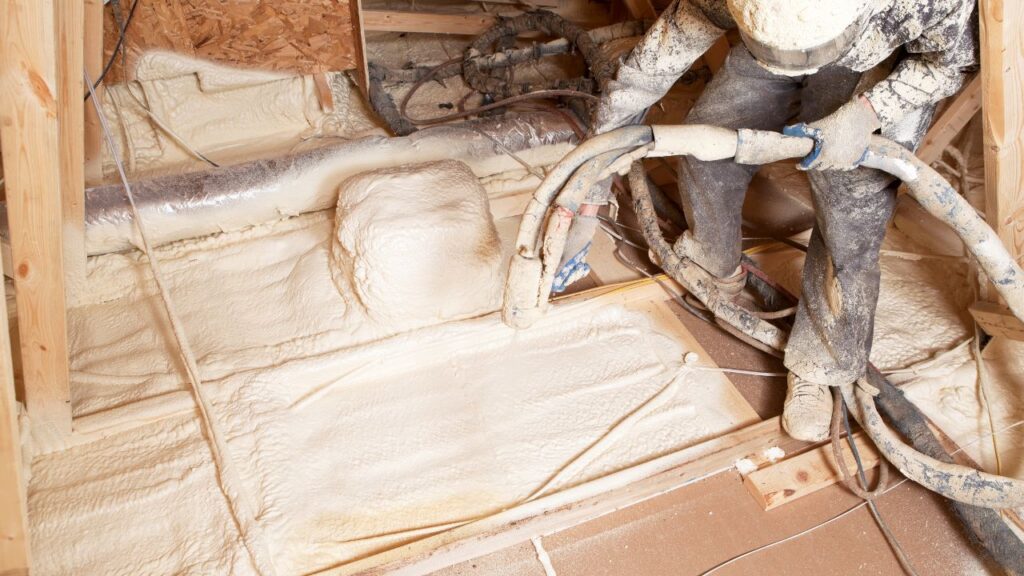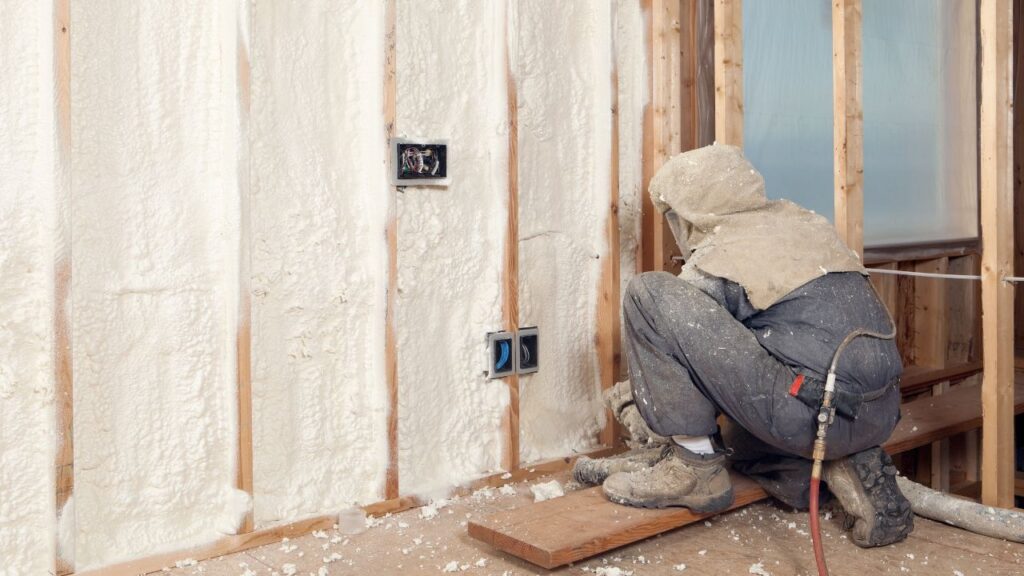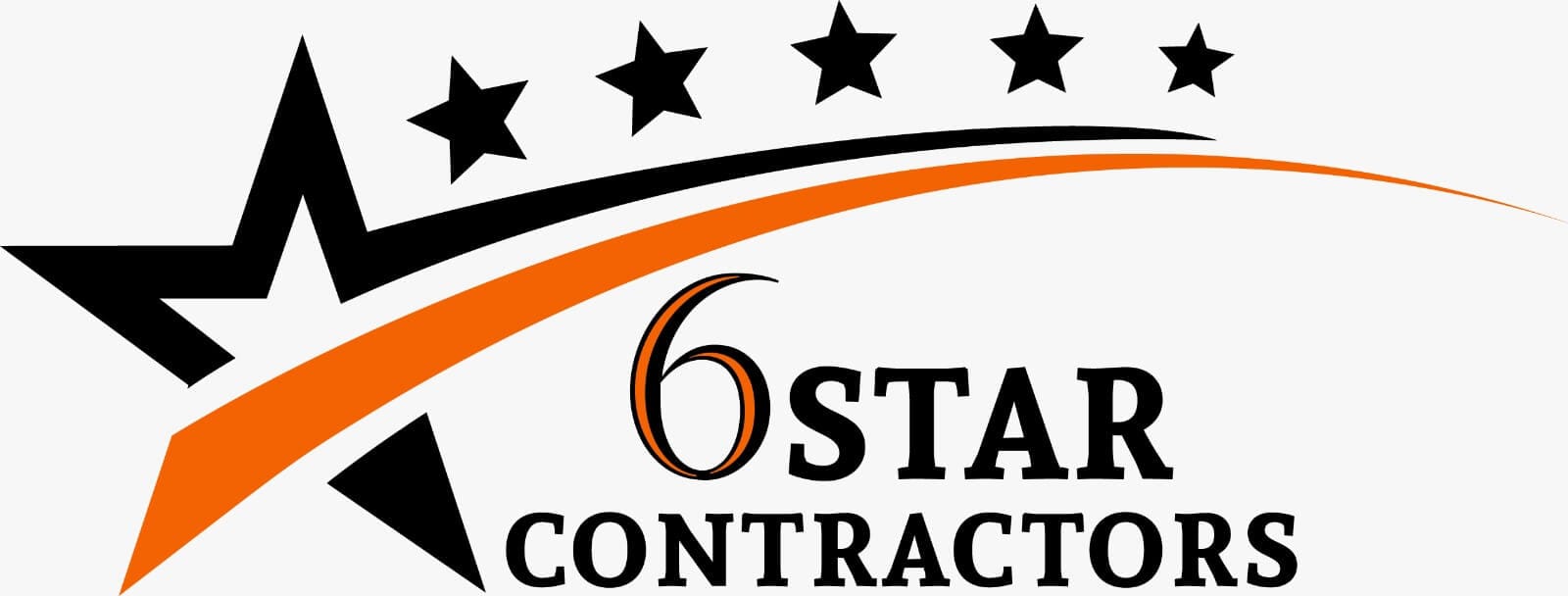Spray Foam Insulation Cost
Spray foam insulation costs $2.00 to $5.50 per square foot of surface area installed, depending on the project size, conditions, location, and whether it is open-cell or closed-cell foam.

Insulating your home is crucial for ensuring energy efficiency and maintaining a comfortable indoor environment. Among the available insulation options, injection foam, commonly known as spray foam insulation, is becoming increasingly popular. On average, spray foam insulation costs fall between $1.25 to $1.50 per square foot.
When considering spray foam insulation, it’s important to grasp the potential expenses involved. On average, you can anticipate costs ranging from $1.25 to $1.50 per square foot. However, it’s essential to note that prices might extend to as much as $4.50, contingent upon a variety of influential factors:

By comprehending these contributing elements, you can formulate a more accurate estimate of your spray foam insulation expenses.
When it comes to foam insulation, the type you choose can significantly influence both performance and cost. As foam insulation is sprayed within the gaps of your home’s wall studs and roof, it receives protection from materials like drywall or plywood. Notably, this foam offers a dual benefit: an airtight seal to ward off moisture intrusion and enhanced insulation capabilities.
Primarily, spray foam insulation is categorized into two fundamental types: closed-cell and open-cell.
Closed-Cell Insulation: This variety employs expanding plastic to create an impermeable seal. With its denser composition, closed-cell insulation offers robust protection against moisture as well as temperature fluctuations. Expect to budget between $1.25 and $1.50 per square foot for closed-cell spray foam.
Open-Cell Insulation: Open-cell spray foam insulation, on the other hand, involves the combination of two liquids: polyisocyanurate (ISO) and resin. When sprayed together, they counteract air movement effectively. While open-cell foam provides excellent fire resistance, it doesn’t serve as a moisture barrier. Open-cell spray foam tends to be priced around $1.50 per square foot.
Both types have their unique strengths, but it’s crucial to note that the cost of the foam itself is just one facet of the overall expense. Additional materials, including a cartridge gun, cartridges, and a face shield, can collectively add up to around $900.
Making an informed decision between closed-cell and open-cell spray foam entails assessing their features against your specific insulation requirements and financial considerations.
Spray Foam Insulation Cost
Spray foam insulation costs $2.00 to $5.50 per square foot of surface area installed, depending on the project size, conditions, location, and whether it is open-cell or closed-cell foam.

When considering spray foam insulation, several additional cost considerations come into play. Understanding these aspects is essential for an accurate assessment of your insulation project.
Before installing spray foam, mold removal might be necessary. The cost for this task varies widely, ranging from a few hundred dollars to several thousand, contingent upon the area’s size and severity of mold. On average, expect to budget around $1,100 to $3,400 for mold removal. For smaller areas under 10-by-10 feet, you might consider using a mold removal kit from a local home improvement store.

Insulating an existing home typically incurs higher costs compared to a newly constructed one. New homes under construction have open walls, simplifying the installation process. In contrast, retrofitting an existing home might involve removing drywall or creating attic access. Installing spray foam in a new home can cost as low as $2.75 per square foot, while the expense for an existing home could be nearly triple that amount.
Square Footage | Cost To Install in New Home* | Cost To Install In Existing Home |
1,000 | $2,750–$6,500 | $3,150–$7,500 |
1,500 | $4,125–$9,750 | $4,725–$11,250 |
2,000 | $5,500–$13,000 | $6,300–$15,000 |
2,500 | $6,250–$16,250 | $7,875–$18,750 |
3,000 | $8,250–$19,500 | $9,450–$22,500 |
In some instances, pre-existing insulation needs to be removed before spray foam installation. The cost of this procedure depends on factors like your location, the insulation’s position, and its original installation method. Urban areas usually have higher labor costs than rural ones. For blown-in insulation, additional equipment might be necessary for removal. Furthermore, costs can escalate if pests or mold are encountered during the removal process.
While spray foam is an effective insulation choice, it’s worth noting that alternatives exist. Fiberglass is a common insulation type available in rolls, loose fill, or pre-cut sheets known as batts. Fiberglass batts boast an R-value of 3.1 to 3.4, offering efficient and cost-effective insulation. They are fire-resistant and eco-friendly, but they lack moisture resistance and airtight sealing capabilities.

Blown-in or loose fill fiberglass insulation is blown into place using a vacuum, similar to other types of fiberglass insulation. This method presents similar pros and cons.
Rock wool, crafted from liquid rocks and slag steel, offers high durability, mold prevention, and soundproofing benefits. However, its weight can increase labor costs during installation.
Here’s a cost overview of different insulation types:
By delving into these additional cost considerations and insulation options, you can make a more informed decision tailored to your specific needs and budget.
Spray foam insulation is a type of insulation material that is applied as a liquid and then expands to fill gaps and cavities. It hardens into a solid foam, providing excellent thermal insulation and air sealing properties.
There are two main types of spray foam insulation: open-cell and closed-cell. Open-cell foam is less dense and has a lower R-value, while closed-cell foam is denser and provides higher insulation performance.
Spray foam insulation expands and adheres to surfaces upon application. It fills gaps, cracks, and voids, creating an airtight seal that prevents air leakage and reduces heat transfer.
Spray foam insulation offers superior thermal performance, air-sealing capabilities, moisture resistance, sound dampening, and potential energy savings. It also has a long lifespan and can contribute to improved indoor air quality.
The cost of spray foam insulation depends on factors such as the type of foam, the area to be insulated, the location and accessibility, the thickness of insulation, labor costs, and regional market conditions.
Yes, spray foam insulation tends to have a higher upfront cost compared to traditional insulation materials. However, its long-term energy savings and other benefits can often offset the initial investment.
Some spray foam insulation products are formulated with eco-friendly materials and have low volatile organic compound (VOC) emissions. However, it’s important to research and choose products that align with your environmental preferences.
While there are DIY kits available, professional installation is recommended for optimal performance. Proper application requires specialized equipment and expertise to ensure proper coverage and air sealing.
In conclusion, the cost of spray foam insulation varies based on several factors including the type of foam, area to be insulated, labor costs, and more. While the initial cost might be higher compared to other insulation options, the long-term benefits in terms of energy savings and comfort can often outweigh the initial investment. It’s crucial to conduct thorough research, obtain multiple quotes, and work with experienced professionals to ensure a successful and cost-effective insulation project.
Here I am going to share some steps to get your spray foam insulation cost estimate report.
You can send us your plan on info@estimatorflorida.com
Before starting your project, we send you a quote for your service. That quote will have detailed information about your project. Here you will get information about the size, difficulty, complexity and bid date when determining pricing.
We do spray foam insulation cost estimating and prepare a detailed report for your project. At last, you finalize the report and finish the project.



561-530-2845
info@estimatorflorida.com
Address
5245 Wiles Rd Apt 3-102 St. Pete Beach, FL 33073 United States
561-530-2845
info@estimatorflorida.com
Address
5245 Wiles Rd Apt 3-102 St. Pete Beach, FL 33073 United States
All copyright © Reserved | Designed By V Marketing Media | Disclaimer